Istanbul isn’t just a city—it’s a living, breathing palimpsest of civilizations, where the echoes of Byzantium, Rome, and the Ottoman Empire blend seamlessly with the hum of modern life. One moment, you’re tracing the footsteps of emperors through the ancient corridors of Hagia Sophia, and the next, you’re sipping çay in a hidden courtyard, surrounded by the scent of saffron and the murmur of history. But to truly understand Istanbul, you need a guide who doesn’t just know the city but feels it in his bones.
Enter Şerif Yenen, a name synonymous with cultural exploration, storytelling, and deep expertise in Turkey’s heritage.Şerif has devoted his life to unraveling Istanbul’s lesser-known narratives, from the forgotten tunnels beneath its streets to the secrets held within its bustling bazaars.
Istanbul is more than a destination—it’s a living storybook, where every street, every monument, and every spice-scented bazaar tells a tale. But to truly see the city, you need to look beyond the obvious. In this exclusive interview, we sit down with Şerif to explore the pivotal moments that shaped Istanbul, its hidden architectural marvels, and the untold stories that make this city endlessly fascinating. But this is just a glimpse—there’s so much more to discover. To read the full interview and uncover all its details, click here.
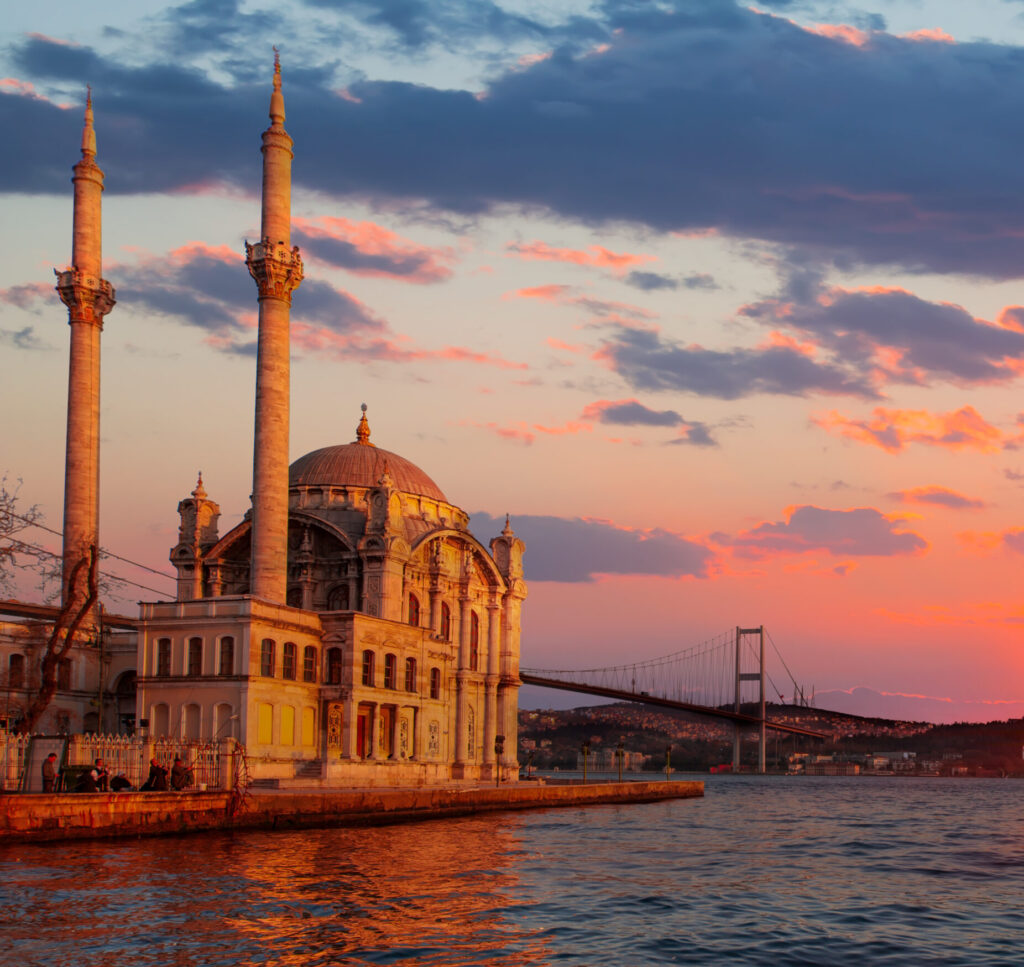
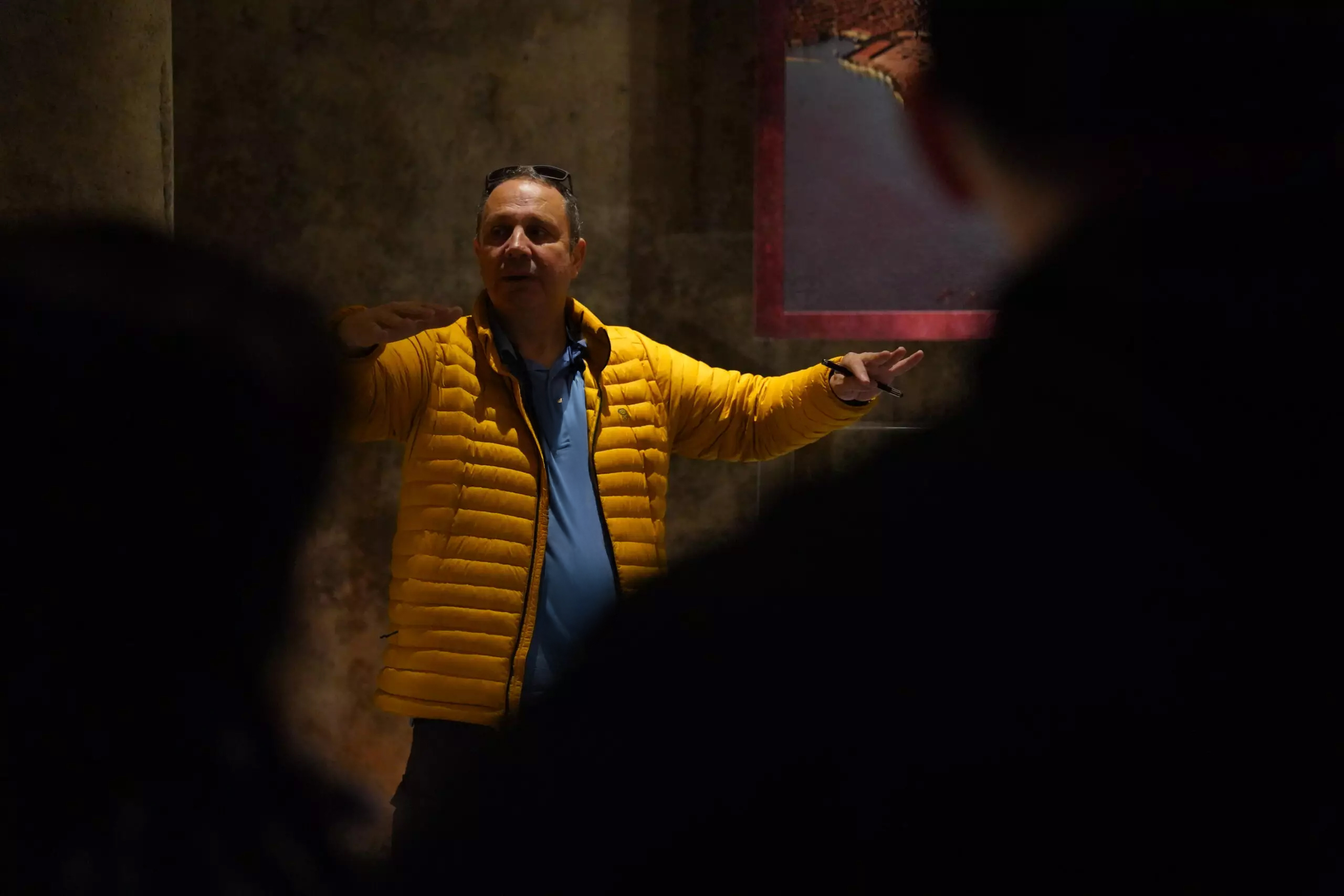
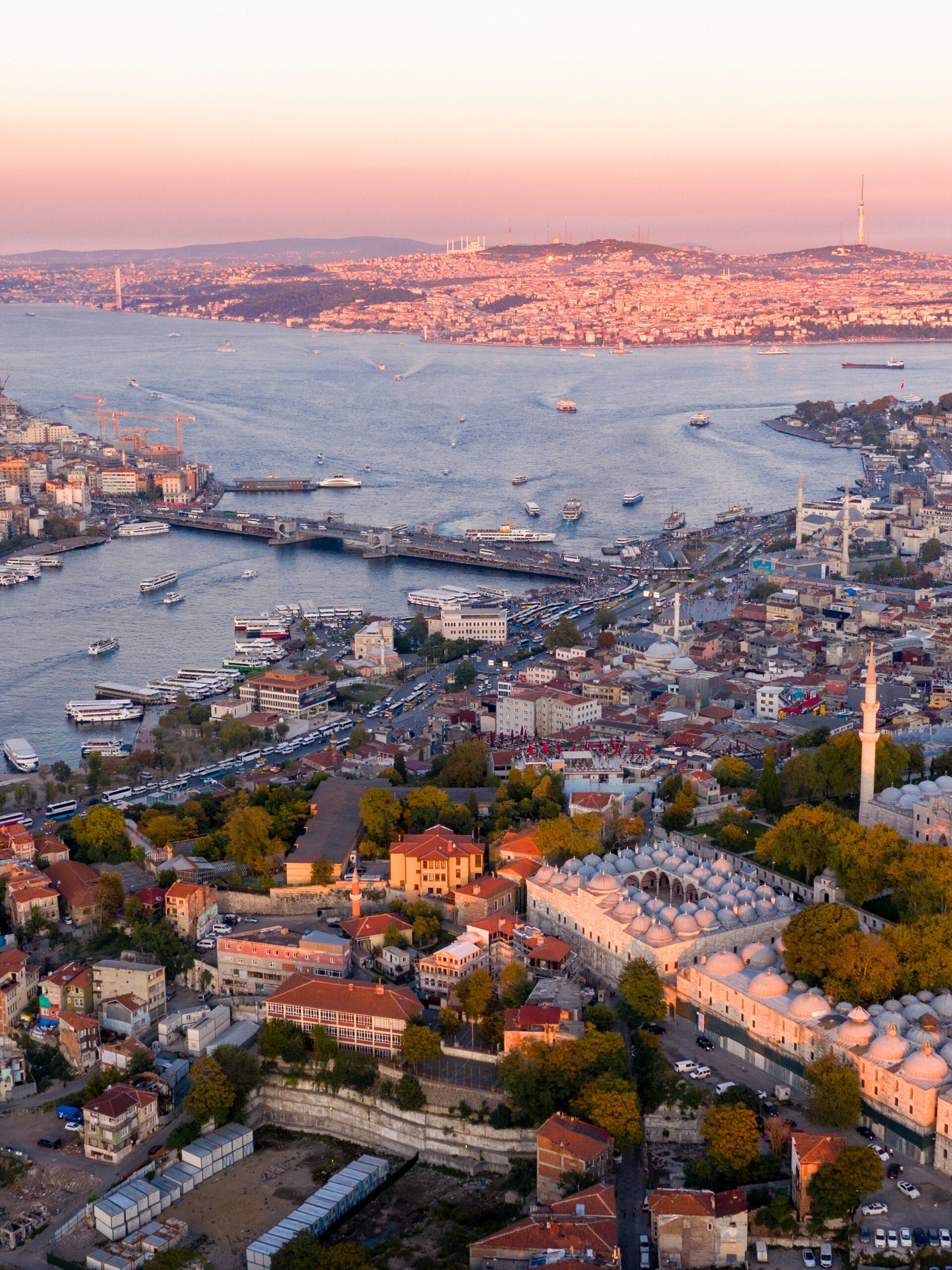
A City in Constant Transformation: Şerif’s Perspective
You’ve spent years studying Istanbul’s complex layers of history. How has your own perception of the city evolved over time?
Şerif Yenen : Istanbul never stops unfolding. Its magic isn’t just in its past—it’s in the way it constantly reinvents itself. The Bosphorus divides the city yet connects its two halves with a beauty that is impossible to define. Its skyline, stretching across two continents, takes your breath away. But Istanbul is more than its postcard views—it’s a living, breathing entity. No two weeks in Istanbul are ever the same. The city moves like a restless tide—sometimes forward, sometimes back, but never still. You feel it in the streets, in the pulse of the markets, in the changing rhythms of neighborhoods. After 37 years of guiding and observing, I’ve learned one thing: just when you think you understand Istanbul, it surprises you. You turn a corner and find a forgotten courtyard, an ancient inscription, a street performer playing a melody that somehow feels centuries old. Istanbul is never “done.” That’s why, for me, it will always be an endless discovery.

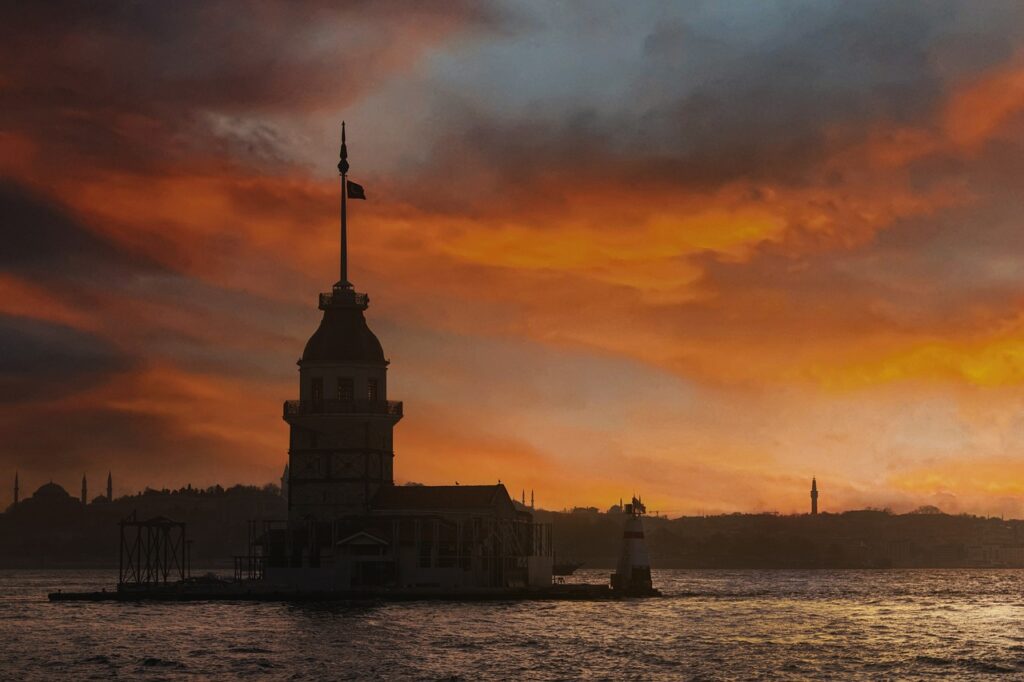
Istanbul’s Defining Moments in History: The Events That Shaped the City’s Character
Istanbul has witnessed the rise and fall of empires. In your research and experience, is there a moment in the city’s history that you believe defines its true character?
Şerif Yenen : It’s hard to capture Istanbul’s true essence in a single moment—it has always been a crossroads of cultures, empires, and beliefs. But if there’s one thing that defines this city, it’s its remarkable ability to evolve while carrying its past forward. For thousands of years, people have been drawn here, long before the Greeks arrived in the 7th century BCE. Recent archaeological discoveries at Yenikapı revealed settlements dating back to 6000 BCE, proving that Istanbul has always been a magnet for civilization. Its greatest transformation came in 324 CE, when Emperor Constantine chose it as the new capital of the Roman Empire. In a matter of years, Byzantion, once a modest port town, became Constantinople—one of the most powerful cities in history. This was more than just an imperial decision; it marked the beginning of the city’s rise as a political, religious, and cultural center. The adoption of Christianity and the construction of monumental churches shaped its identity for centuries.
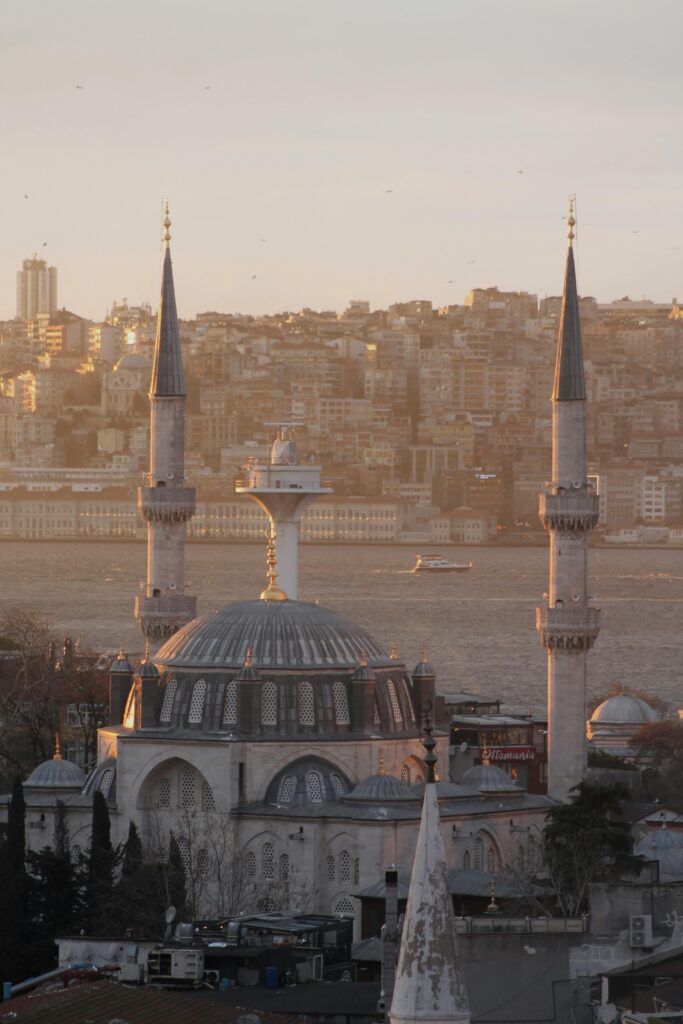
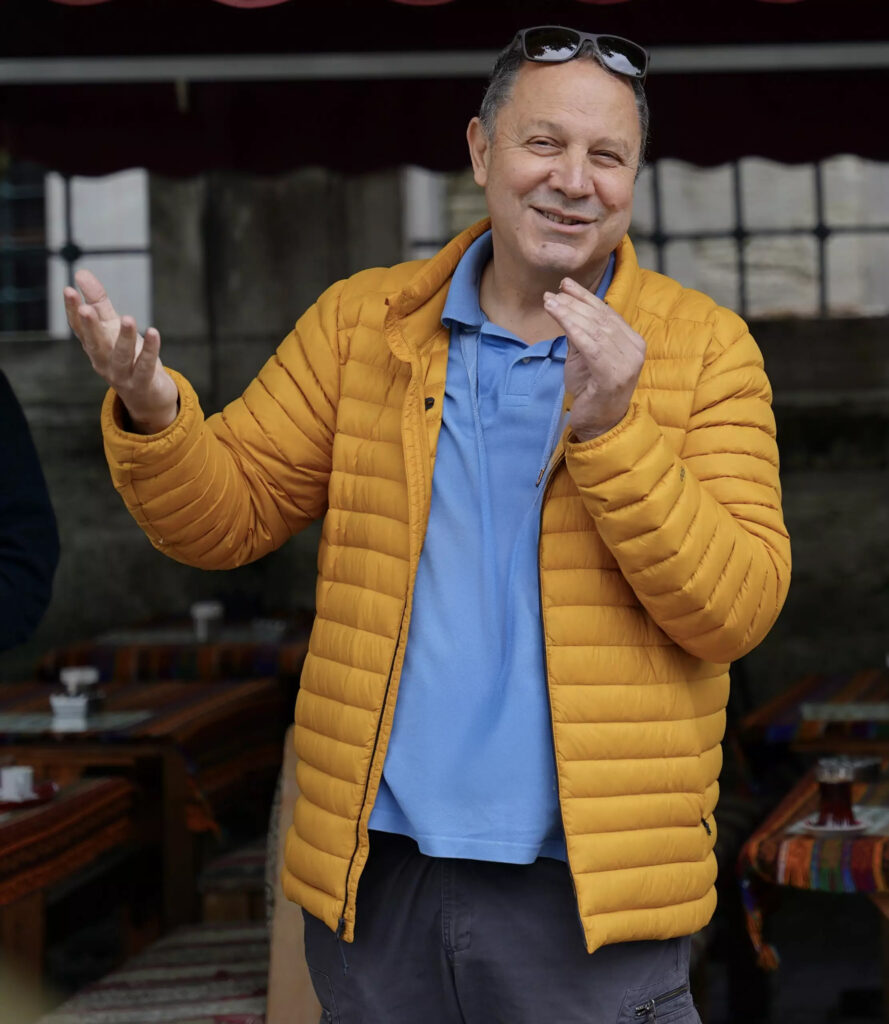
Then came 1453. Sultan Mehmed II’s conquest of Constantinople didn’t just end an empire—it reshaped the world. But instead of destroying the city’s legacy, Mehmed embraced it. He repopulated and revitalized it, inviting different communities to coexist under the Ottoman system. He even saw himself as the heir to Rome, continuing its imperial tradition under a new rule. Istanbul’s story is one of resilience. Empires have risen and fallen, yet the city has always adapted, reinventing itself without ever losing its past. Today, it remains a bridge between East and West, modern and ancient—a living testament to the layers of history that make it truly one of a kind.
Hagia Sophia: More Than Just a Monument
Many people visit Hagia Sophia, but few truly understand its deeper significance. From your perspective, what is the most overlooked or misunderstood aspect of this monument?
Şerif Yenen : Hagia Sophia is more than stone and mortar—it is a testament to human faith, ambition, and resilience. Everyone who enters sees something different. Some see a church, others a mosque, but in truth, Hagia Sophia belongs to all of humanity. Imagine this: in the 6th century, engineers and artisans, without modern tools, built the world’s largest dome. A structure as tall as a 17-story building, held together not just by its bricks, but by the belief that it had to exist. For nearly a thousand years, it was the heart of Christianity. Then, in 1453, Sultan Mehmed II walked into Hagia Sophia—not to destroy, but to honor. He was awed by its beauty, and rather than erasing its identity, he preserved it. He kept its name, meaning “Holy Wisdom,” understanding that its legacy was greater than any single empire. Hagia Sophia is a bridge between civilizations. It has been a church, a mosque, a museum, and today, a mosque again. But its spirit? That remains unchanged. It is a place where history whispers through its walls, reminding us that true beauty lies not in divisions, but in the stories that unite us.
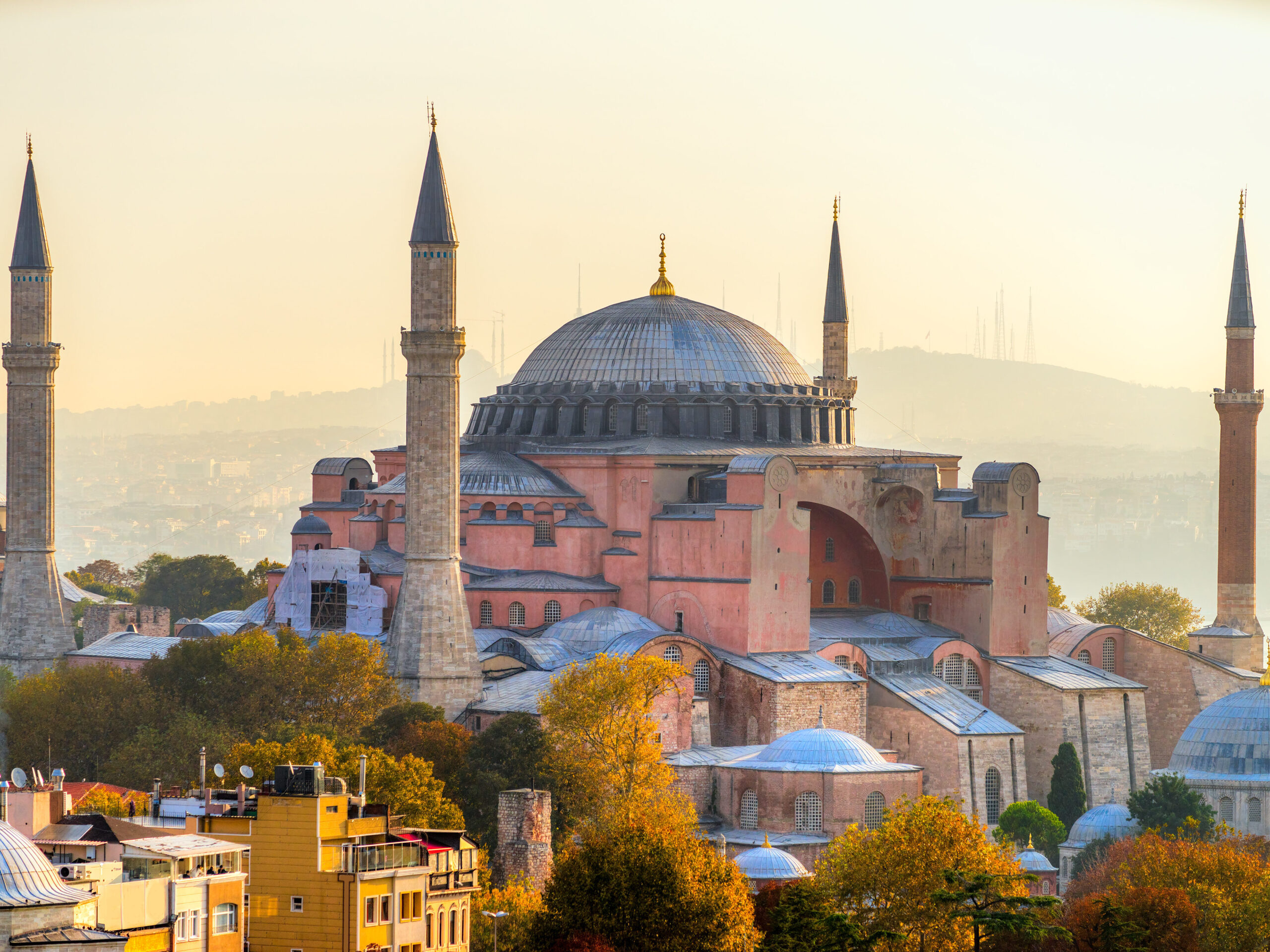
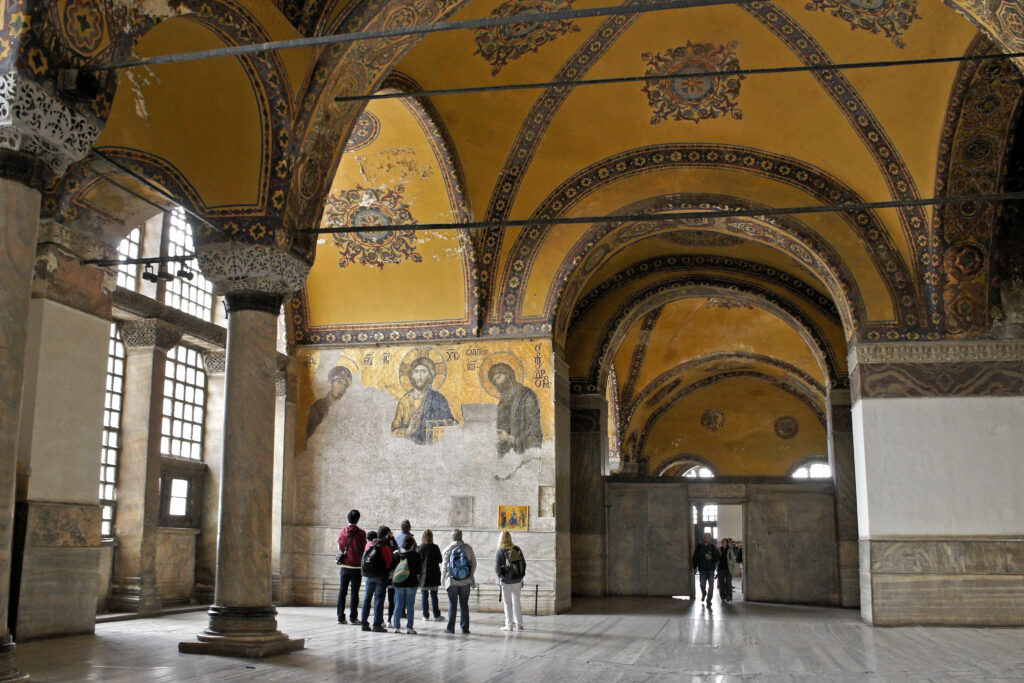
The Spice Bazaar: A Marketplace of History and Trade
Bazaars and markets are a reflection of a city’s soul. You’ve explored countless ones—what is one market stall, spice, or item that tells a surprising story about Istanbul’s past?
Şerif Yenen : Markets in Istanbul are more than places of trade—they are places of connection, where the city’s past and present intertwine. If there’s one place that truly captures this, it’s the Spice Bazaar. Step inside, and you are enveloped by colors and scents that have traveled across continents. Saffron from Iran, cumin from India, pistachios, hazelnuts and apricots from Turkey—each carrying the memory of ancient trade routes that once made Istanbul the center of the world.
One of the most fascinating things is how this market came to be. Built in the 17th century, the Spice Bazaar wasn’t just a place of commerce—it was designed to fund the New Mosque, standing right beside it. Even today, the rent from merchants contributes to the upkeep of religious and social projects, continuing a centuries-old tradition of giving back to the community. To visit the Spice Bazaar isn’t just to shop—it’s to step into a world where history is alive in every scent, every taste, every exchange between vendor and traveler.
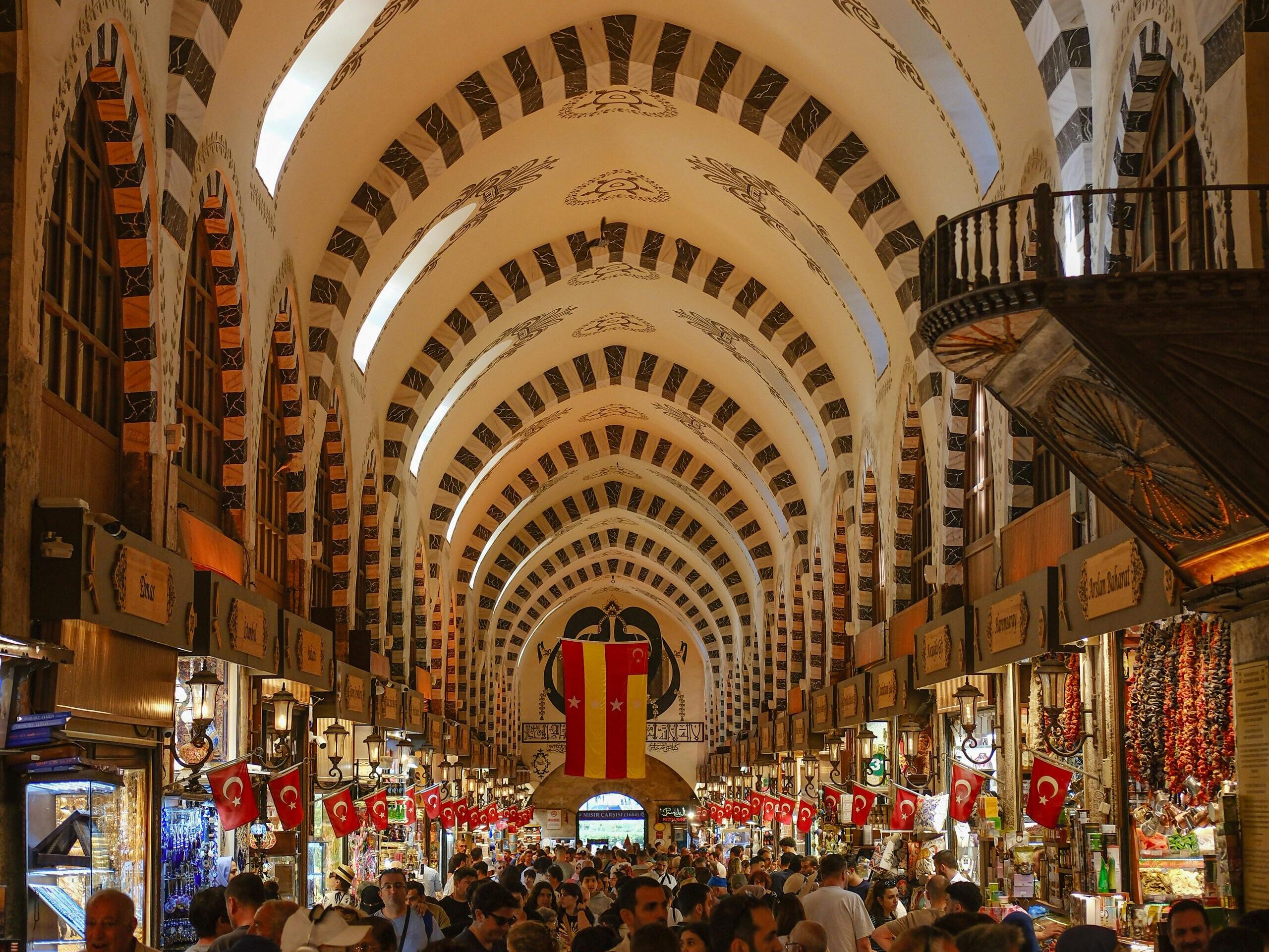
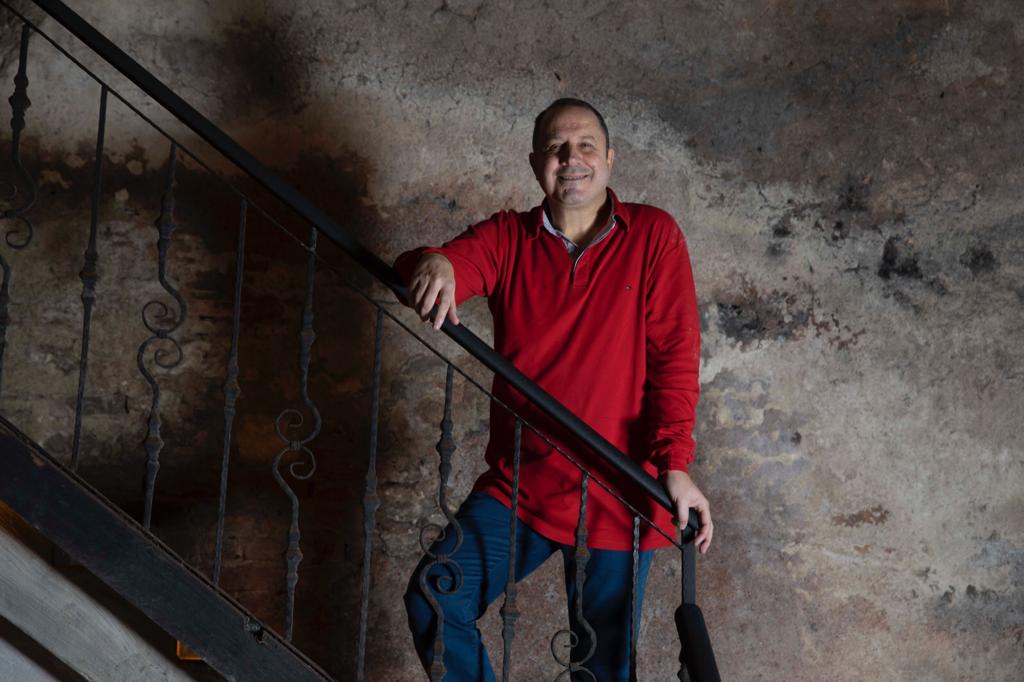
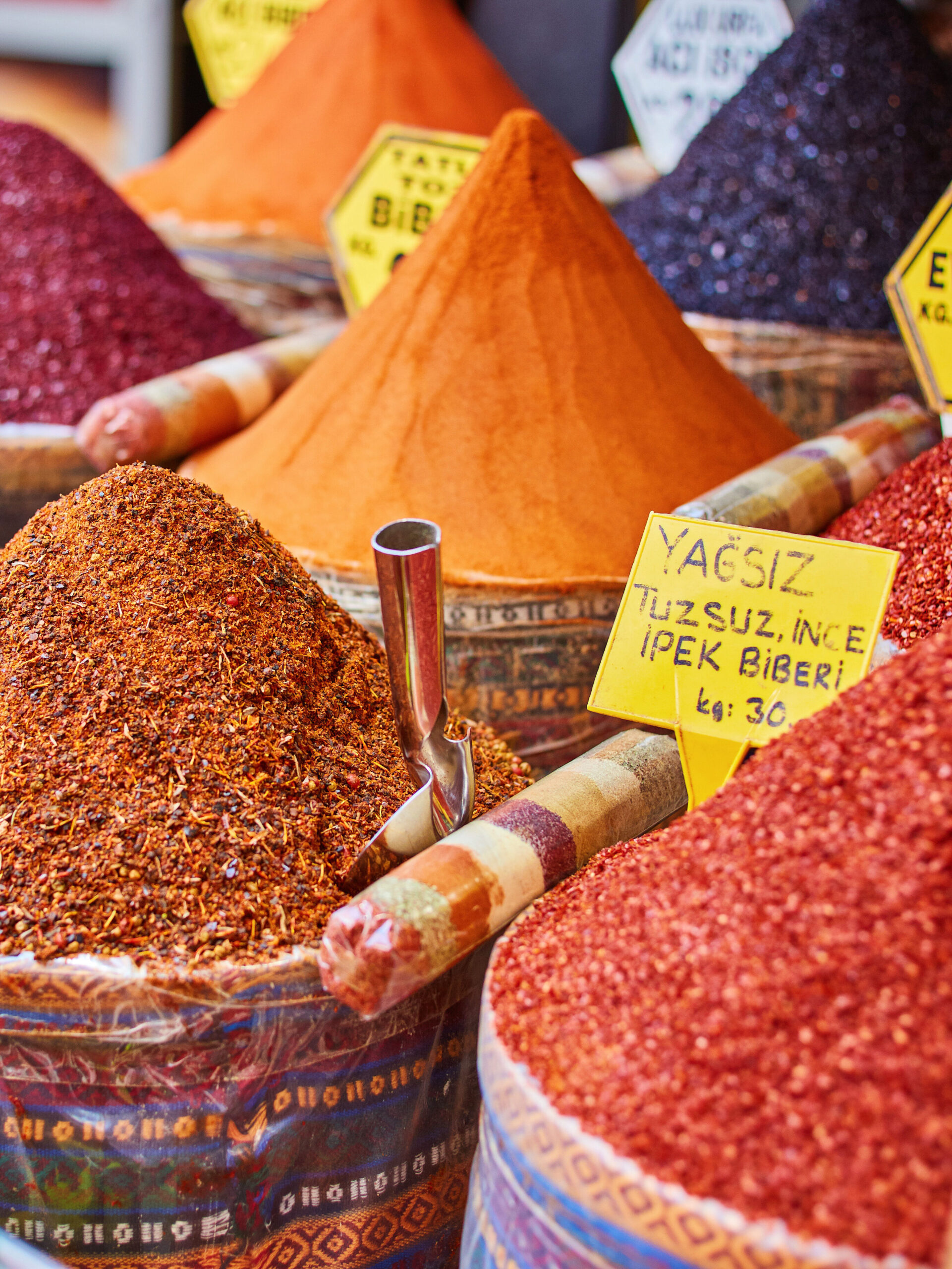
Beyond the Landmarks: Experiencing the True Soul of Istanbul
People often experience Istanbul only through its most famous landmarks. If someone truly wanted to “feel” the city beyond its tourist sites, what would you tell them to do? If someone wanted to see the most authentic, untouched side of the city, where would you take them?
Şerif Yenen : Istanbul’s magic isn’t just in its monuments—it’s in its hidden corners, its daily rhythms, its unexpected encounters. If you want to feel the real Istanbul, you must wander.
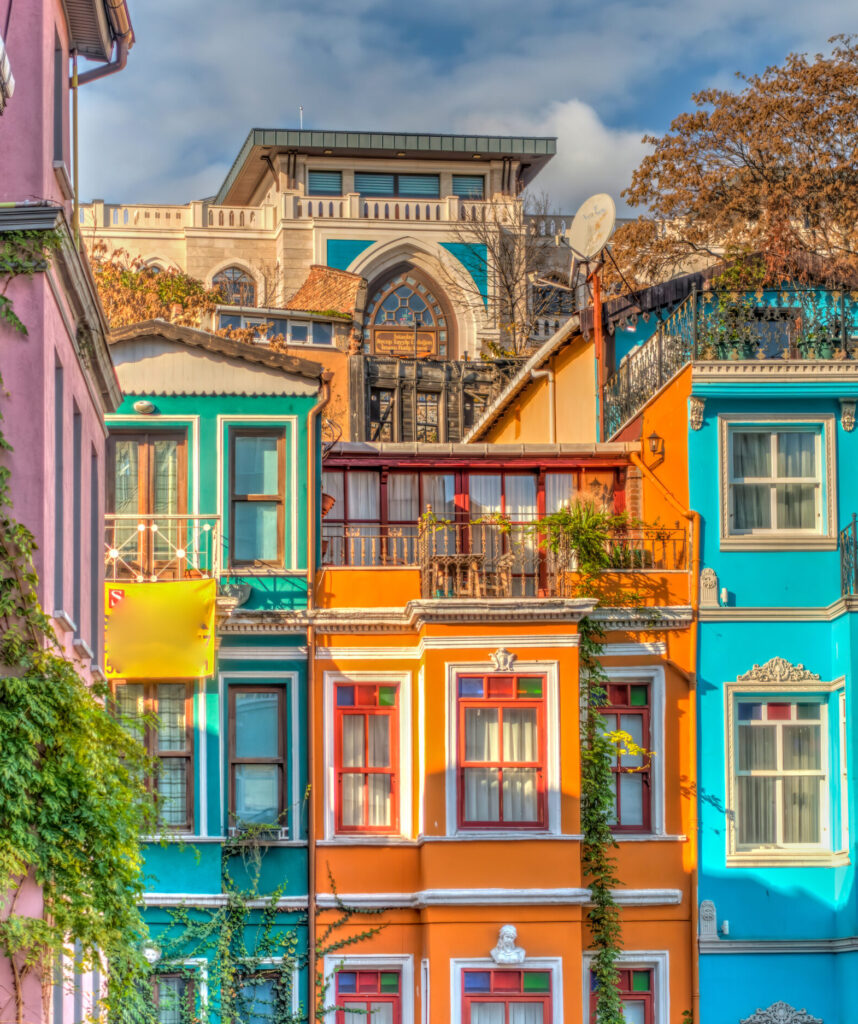
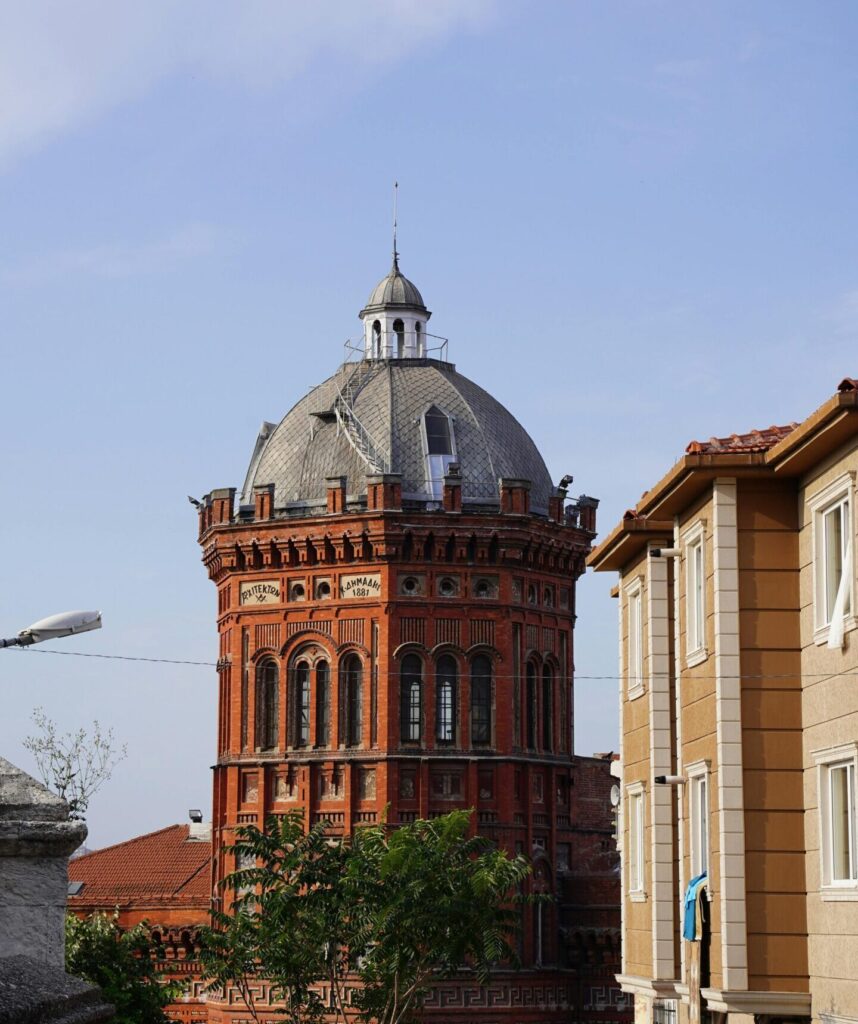
Start your day with a ferry ride across the Bosphorus. There’s something about being on the water, between continents, that reminds you of the city’s true nature. Then, lose yourself in the backstreets of Balat, where history lingers in the colorful Ottoman houses and the sound of children playing echoes through cobbled alleys. Visit a small, family-run lokanta, where recipes have been passed down for generations, and taste a dish that carries the flavors of an empire. In Istanbul, the best experiences aren’t always planned—they happen when you let yourself get lost in the streets, embrace the unexpected, and take in the everyday magic of a city that has been reinventing itself for centuries.
The Story That Astonishes Even the Most Seasoned Travelers
Your tours and storytelling focus on giving visitors a deeper, more meaningful experience. What is one story or piece of knowledge that always surprises even the most well-traveled guests?
Şerif Yenen : One of the most surprising things for visitors is that Istanbul was not always destined for greatness. Today, we know Istanbul as the historic capital of the Roman, Byzantine, and Ottoman empires.But Before Emperor Constantine made it the capital of the Roman Empire, it was just a small town—just 20,000 to 30,000 people, a quiet outpost on the edge of the empire. But then, in 324 CE, Constantine saw its potential. He chose it over Rome, over Athens, over any other city, because of its location, its defenses, its future.
What followed was one of the most ambitious urban transformations in history. In just a few decades, Byzantium became Constantinople—a city of grand avenues, towering walls, imperial palaces, and a new identity as the heart of the empire. Many visitors assume Istanbul has always been a great city, but in truth, it was one man’s vision that shaped its destiny. That’s what makes Istanbul so special—it is a city that has been created, lost, and reborn, time and time again. And yet, through it all, it remains.
Our conversation with Serif Yenen offers a deeper look into Istanbul’s rich history, hidden gems, and ever-evolving spirit. To explore the full interview and uncover more fascinating insights, read our complete article here.


